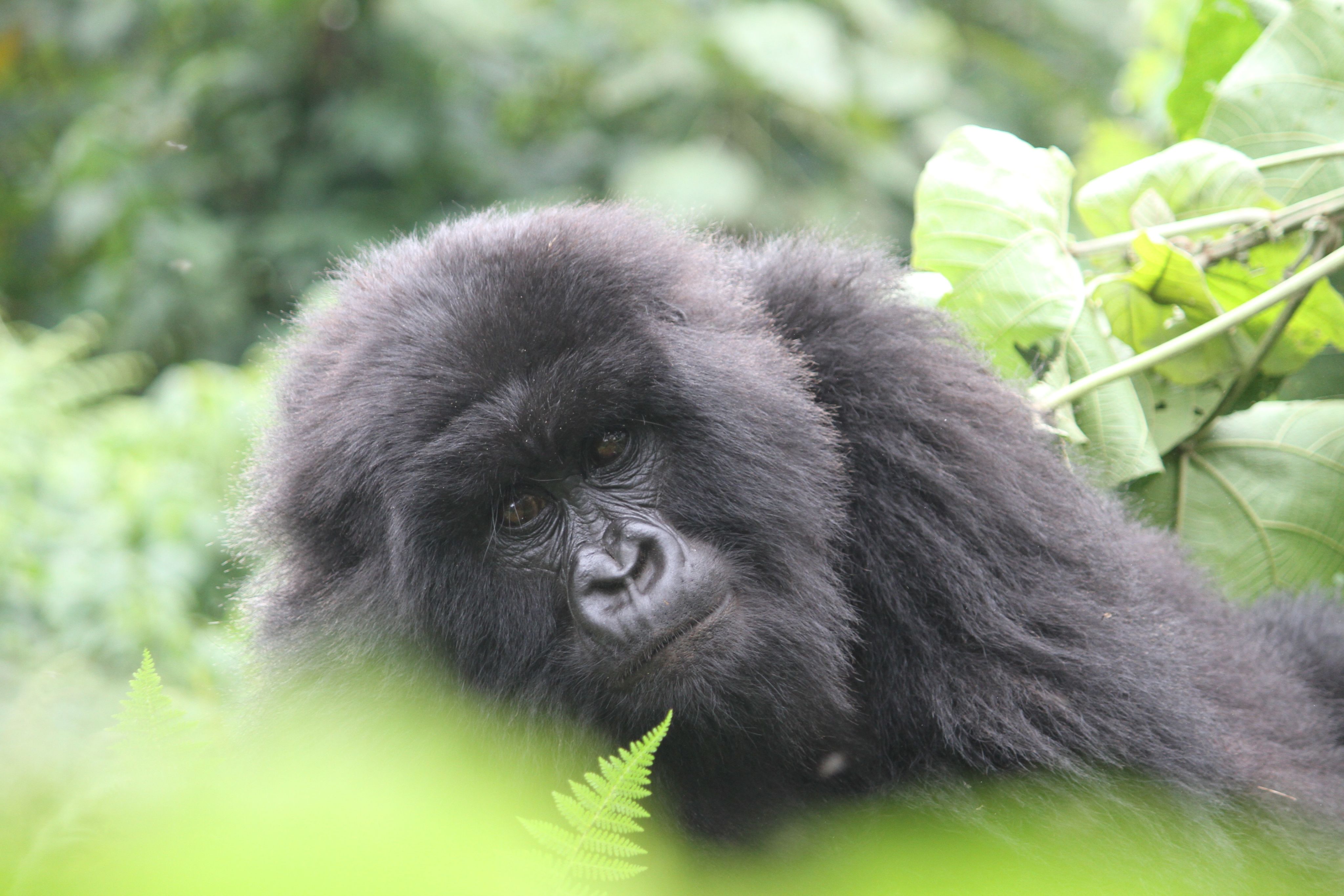IGCP 30 Year Impact Report
Chapter 5
Partnerships at all Levels
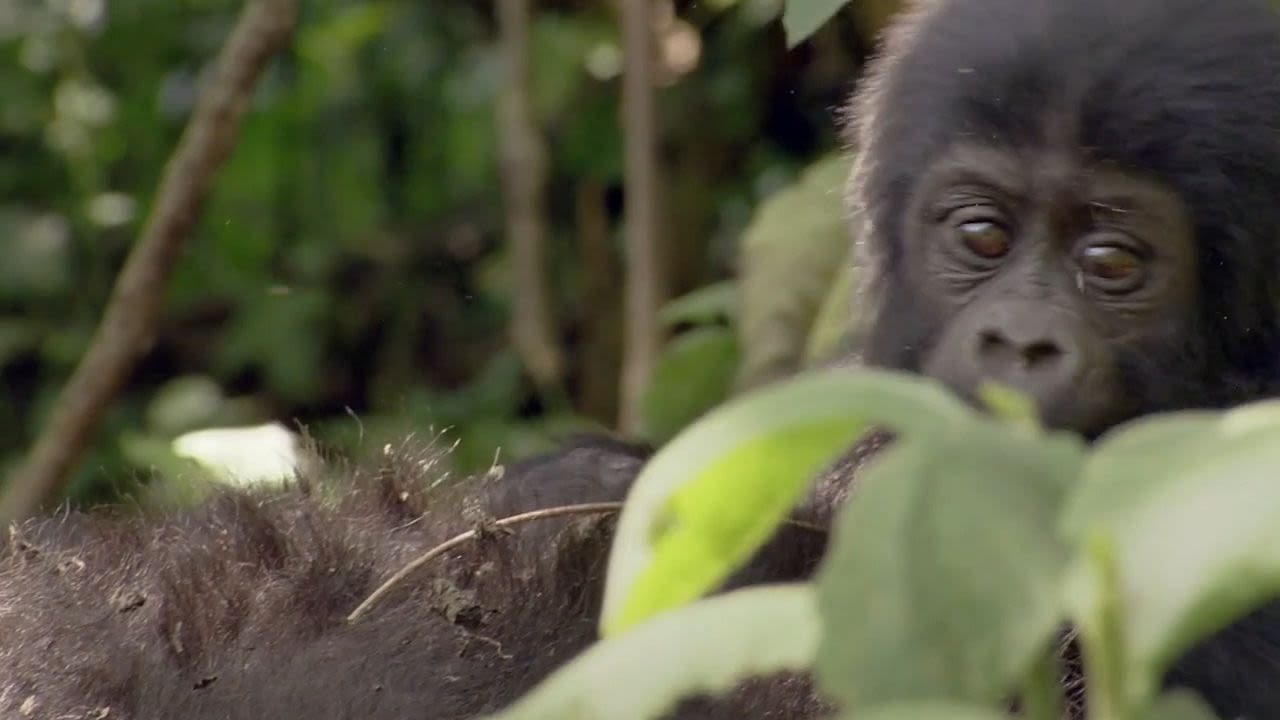
IGCP is a model for collaboration between non-governmental organisations (NGOs) on species conservation, but the impact of the coalition itself depends on the strength of the partnerships it has built at all levels.
IGCP works with and supports a wide range of partners including:
- Indigenous peoples and local communities
- National government ministries and agencies
- Local governments hosting the national parks
- Civil society
- Research institutions
- Private Sector stakeholders
and the
- Greater Virunga Transboundary Collaboration (GVTC)
International Partnerships
IGCP facilitated the planning process that led to formation of the Greater Virunga Transboundary Collaboration (GVTC).
The GVTC formally brings together the Rwanda, DR Congo and Uganda protected area authorities and other collaborating partners engaged in the conservation of the Central Albertine Rift Ecosystem to work towards shared objectives:
- Collaboration for improved transboundary conservation of natural resources.
- Ensuring improved and coordinated landscape level planning and management of natural resources.
- Sharing of skills and expertise
- Benefit and cost sharing across borders
- Ensuring all encompassing research and information management
The key milestones leading to the establishment of the GVTC were:
- Demonstrating the necessity and possibility: IGCP demonstrated that a regional agenda was a viable option for tackling threats to mountain gorilla conservation across the Virunga and Bwindi landscapes. IGCP’s success in achieving cross-border conservation action in the field and convening agencies and partners to a common conservation agenda catalyzed the desire to formalize the transboundary collaboration.
- Securing agency commitment: In 2004, IGCP helped to establish a formal mechanism for the three national agencies to collaborate in mountain gorilla monitoring in the Virunga Massif. The mechanism included a commitment from DRC, Rwanda and Uganda to expand the geographical scope beyond the mountain gorilla habitat to the entire Central Albertine Rift.
- Securing political commitment: IGCP actively engaged and facilitated dialogue that led to the signing of a treaty by DRC, Rwanda and Uganda in 2015 that established the GVTC as an interstate institution with its secretariat in Kigali, Rwanda.
©️GVTC
©️GVTC
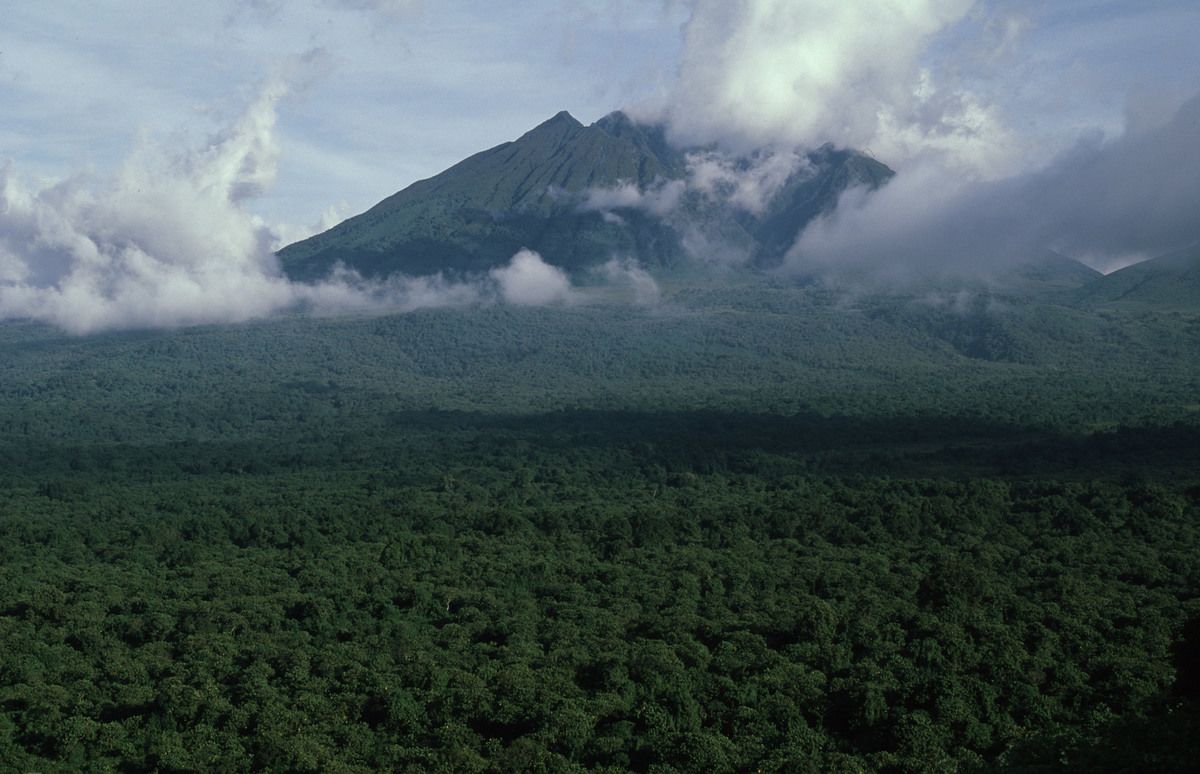
The creation of the GVTC built on the success of IGCP and formalized the arrangements for interstate collaboration on mountain gorilla conservation.
IGCP’s operational approaches and procedures formed the foundations for the current GVTC systems of cooperation. IGCP continues to engage with the GVTC to mobilize financial and technical resources and partnerships for transboundary mountain gorilla conservation.
IGCP remains committed to supporting the GVTC and is a participating member of various collaboration technical committees.
In addition, IGCP facilitated planning and dialogue processes that put in place the following tools for transboundary collaboration:
a. A memorandum of understanding (MoU) on ‘Collaborative conservation of the Central Albertine Rift trans-frontier protected area network’ (2004), which led to establishing joint management of the Virunga-Bwindi ecosystem.
b. A ministerial declaration of October 2005 on ‘Transboundary natural resources management of the trans-frontier protected area network of the Central Albertine Rift’, between DRC, Rwanda and Uganda.
c. A 2006 MoU on ‘Collaborative monitoring of and sharing revenues from trans-frontier tourism gorilla groups’.
d. A 10-year transboundary strategic plan (2006).
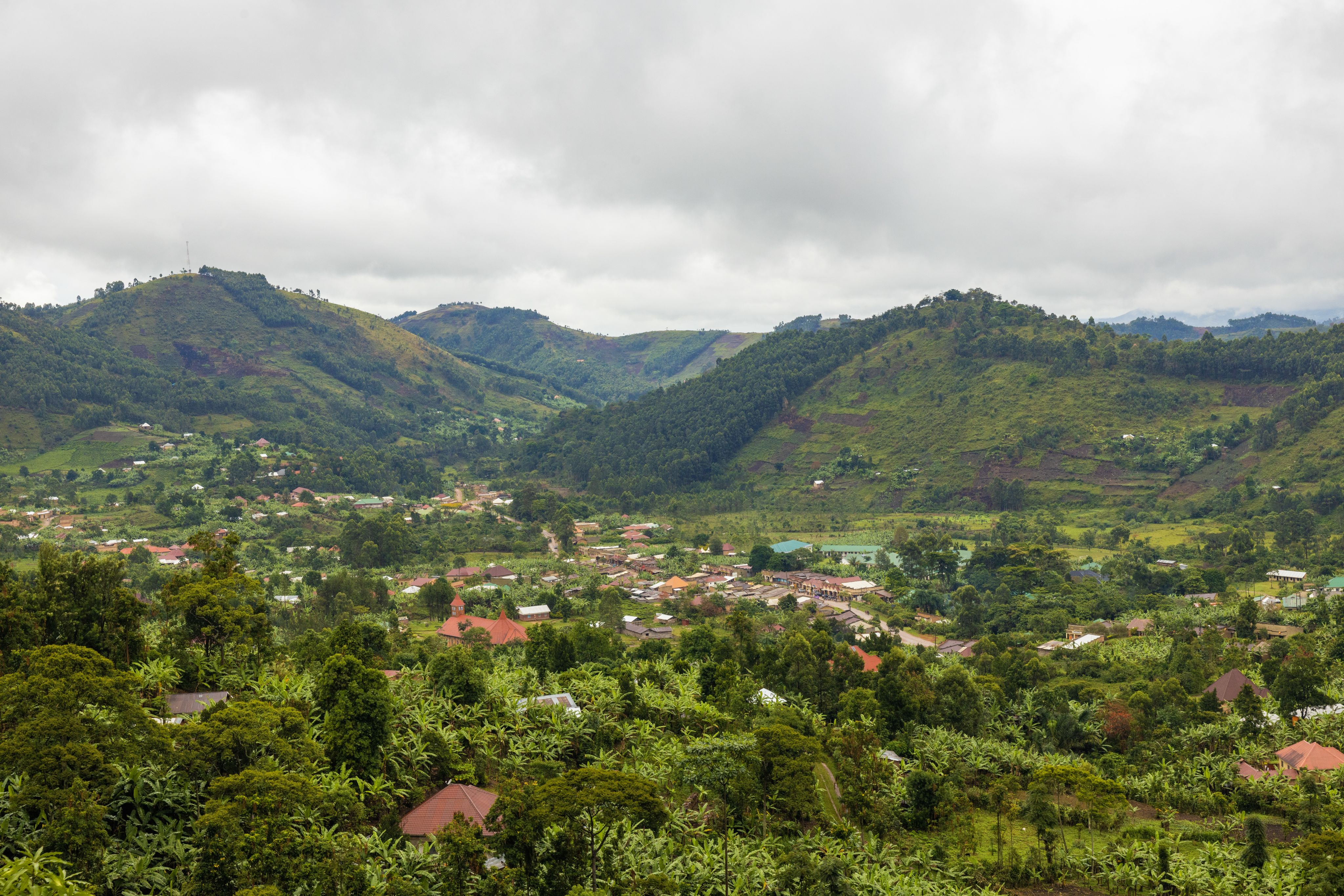
National Partnerships
IGCP laid the foundations for protected area agencies to collaborate and coordinate their efforts, and for protected area agencies and their partners to work more effectively with communities. With regards to the latter, IGCP helped to set up arrangements for communities to access negotiated resources from the national parks.
IGCP helped protected area agencies to develop conservation tools such as revenue sharing schemes between protected areas and communities, as well as binding mechanisms between Uganda and Rwanda, and Rwanda and DRC for sharing tourism revenues from mountain gorilla groups that straddle borders.
The coalition also helped negotiations that culminated in a tripartite MoU that was signed by three protected areas in 2006. IGCP is the guarantor of this MoU.
Local Partnerships
IGCP invested in building community-based institutions as a strategy for ensuring communities are organized and given the facilities to engage actively in conservation and livelihood initiatives. These investments aimed to complement the capacities of protected areas agencies and local governments to mobilize communities to support mountain gorilla conservation.
Several community institutions were established and supported in activities such as collecting rainwater to water crops and finding ways to improve income and healthcare. These include:
- Nkuringo Conservation Development Foundation (Uganda)
- Sabinyo Community Livelihoods Association (SCOLA) (Rwanda)
- UDASEMINYA (DRC)
Community institutions have also been set up to manage human-gorilla conflict in the three countries.
IGCP has invested in empowering community organisations and other non-state institutions to complement state institutions in the delivery of conservation and livelihood enhancement initiatives. The coalition supported the capacity of research institutions in Virunga and Bwindi to undertake research and policy advocacy, by funding research topics and convening forums for disseminating research findings and recommendations. For example, in Rwanda, IGCP supported research that identified the need to amend the tourism revenue sharing policy so local communities would benefit more, and more equitably.
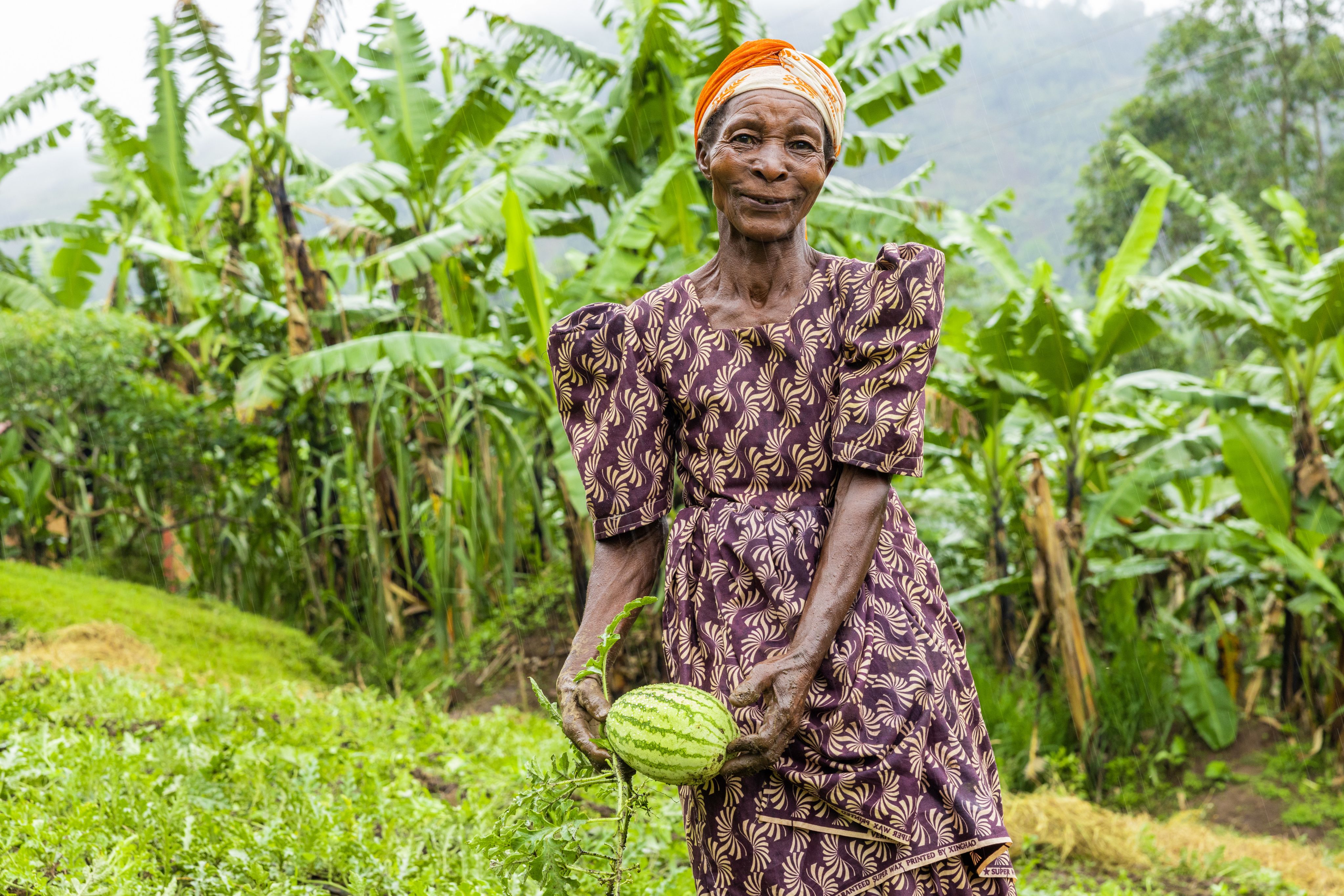
Coalition Members
Conservation International
Conservation International uses science, policy and partnerships to protect the nature that people rely on for food, fresh water and livelihoods. Founded in 1987, Conservation International works in more than 30 countries on six continents to ensure a healthy, prosperous planet that supports us all.
Fauna & Flora
Fauna & Flora protects threatened species and ecosystems worldwide, choosing solutions that are sustainable, based on sound science and that enhance human well-being. Operating in more than 40 countries worldwide, Fauna & Flora saves species from extinction and habitats from destruction, while improving the livelihoods of local people. Founded in 1903, it is the world’s longest established international wildlife conservation organisation and a registered charity.
Worldwide Fund for Nature
At WWF, the global environmental charity, we’re bringing our world back to life. With nature in freefall, we’re urgently tackling the underlying causes driving the decline – especially the food system and climate change. We’re using our groundbreaking scientific research, our global influence and the backing of our many supporters to make sure that by 2030 the natural world’s vital signs are recovering, so future generations have a world with thriving habitats and wildlife.
Government Partners
Institut Congolais pour la Conservation de la Nature (ICCN)
Institut Congolais pour la Conservation de la Nature (ICCN) is a branch of the Congolese government tasked with the protection and conservation of protected areas in the DRC. ICCN was created in 1975 as a public institution to ensure conservation and sustainable management of biodiversity.
Rwanda Development Board (RDB)
Rwanda Development Board (RDB) is a government institution whose mandate is to accelerate Rwanda’s economic development by enabling private sector growth. RDB was established in 2009 to coordinate, spur and promote national economic development. Among its mandate, RDB is responsible for tourism and biodiversity conservation in Rwanda.
Uganda Wildlife Authority (UWA)
Uganda Wildlife Authority (UWA) is a semi-autonomous government agency that conserves and manages Uganda’s wildlife for the people of Uganda and the whole world. Established in 1996, UWA is mandated to ensure sustainable management of wildlife resources and supervise wildlife activities in Uganda both within and outside the protected areas.

Other Partners
Challenges and Lessons Learned
- The importance of long-term commitment and activism in conservation. The presence of IGCP for more than 30 years has contributed significantly to the growth of the mountain gorilla population, and has helped to improve livelihoods for communities who live alongside gorilla habitats. That said, IGCP’s work is needed more than ever to ensure the sustainability of all achievements.
- The importance of mandates and continual engagement with partners, especially those with high turnover in members or staff.
- Collaboration is a key factor in the success of mountain gorilla conservation. The guidance and engagement of the three countries’ governments together with various conservation partners in the region have helped to make all mountain gorilla conservation efforts become a reality. As result, the population is currently not only stable but also increasing.
